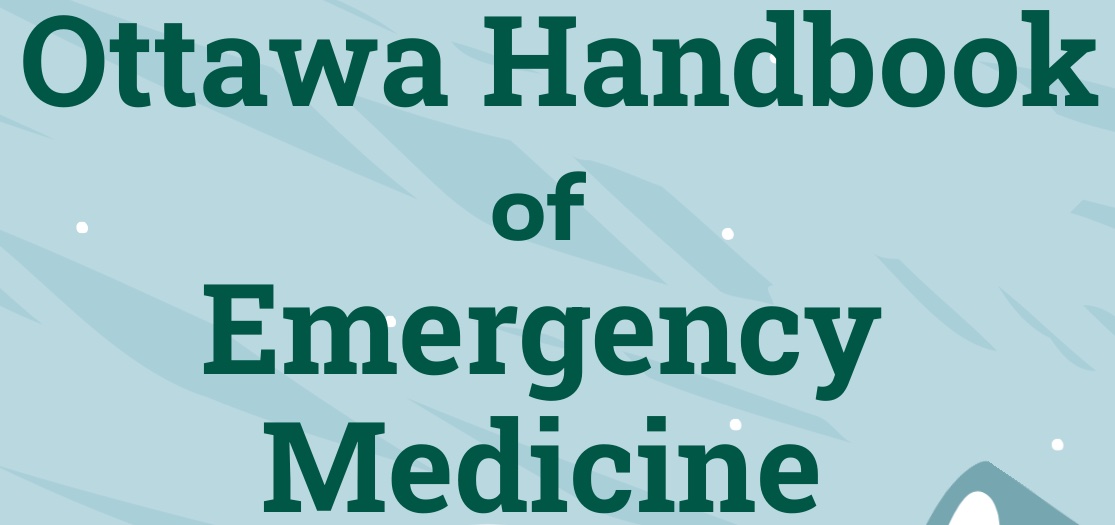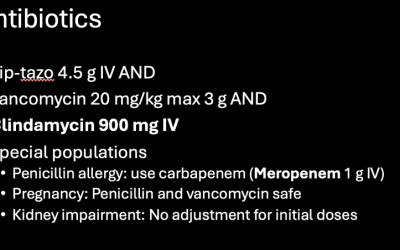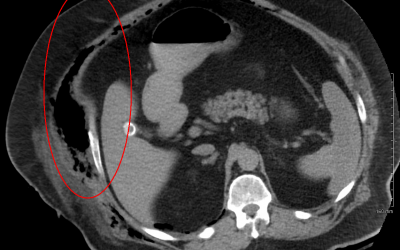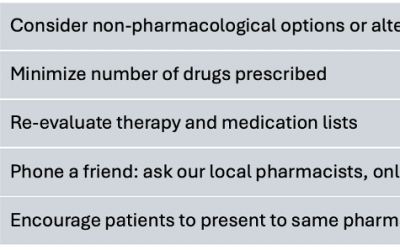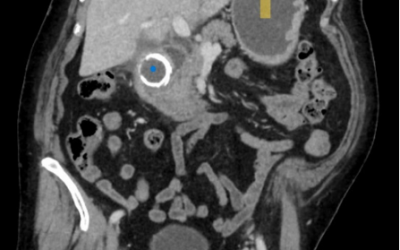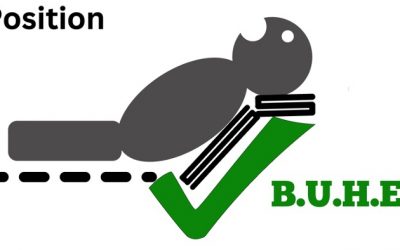We are excited to introduce the Fifth edition of The Ottawa Handbook of Emergency Medicine. Your bedside guide for approaches to various Emergency Medicine presentations.
Highlights of the Fifth edition include the addition of: general surgery emergencies, pediatric orthopedic presentations, and updates in pediatric fever + more!
Invasive Group A Strep (iGAS).. It’s Backkkkk (Part 2)
In case you missed it, in part 1 of this series, Dr. Zworth discussed the increasing prevalence of invasive Group A Strep (iGAS), the mounting public health concern, recognition, and diagnosis. In this post, we focus on management, the treatment of (strep)...
Invasive Group A Strep (iGAS).. It’s Backkkk (Part 1)
In Fall 2023, I was working an evening shift at a community hospital when we got a patch. A 3-year-old girl was being brought in by EMS with an out-of-hospital cardiac arrest. CPR was ongoing, and their ETA was 10 minutes. We prepared the ED for the patient’s arrival....
Drugs: the problem, the solution, the interactions!
We all know medications can help us feel better and stay healthy but as we are all familiar, sometimes drug interactions can be overlooked and cause significant adverse health outcomes. Drug interactions are common clinical problems that can occur in several different...
Spinal Immobilization: a Twisted Tale
For decades, "spinal immobilization", or spinal motion restriction (SMR) using backboards and cervical collars has been a "cornerstone of EMS protocols, aimed at minimizing secondary spinal cord injuries during trauma patient management. Originating in the 1960s, this...
Comparing the efficacy of intravenous morphine versus ibuprofen or the combination of ibuprofen and acetaminophen in patients with closed limb fractures: a randomized clinical trial
Methodology: 3.5/5 Usefulness: 2/5 Nasr Isfahani M, et al. BMC Emerg Med. 2024 Jan 25;24(1):15. Question and Methods: This triple blinded RCT of 158 patients with isolated closed limb fractures assessed pain scores at 1-hour following the administration of...
A Rolling Stone Without a Home: Bouveret Syndrome on PoCUS
This case report demonstrates the utility of point-of-care ultrasound (POCUS) to identify complicated gallbladder disease. In this case, the patient presented with abdominal pain and a known history of cholelithiasis. POCUS demonstrated signs of small bowel...
Ketamine Compared With Morphine for Out-of-Hospital Analgesia for Patients With Traumatic Pain: A Randomized Clinical Trial
Methodology: 3/5 Usefulness: 1.5/5 Le Cornec C, e al. JAMA Netw Open. 2024 Jan 2;7(1):e2352844. Question and Methods: This was a multicenter, single-blind, noninferiority RCT, to assess the noninferiority of intravenous ketamine vs intravenous morphine for pain...
Short Oral Antibiotic Therapy for Pediatric Febrile Urinary Tract Infections: A Randomized Trial
Methodology: 3.5/5 Usefulness: 2.5/5 Montini G, et al. Pediatrics. 2024 Jan 1;153(1):e2023062598. Question and Methods: This multicenter, parallel-group randomized controlled trial intended to determine the non-inferiority of a 5-day versus 10-day course of oral...
Trust No One, Believe Nothing, Pre-Oxygenation is Key
Your patients need you to start rethinking what you know about pre-oxygenation. The peri-intubation period is a physiologically hazardous time; when we feel forced to act in critical situations, we often try to speed things up and cut corners. We hope to convince you,...
Restrictive or Liberal Transfusion Strategy in Myocardial Infarction and Anemia
Methodology: 4/5 Usefulness: 3.5/5 Carson JL, et al. N Engl J Med. 2023 Dec 28;389(26):2446-2456. doi: 10.1056/NEJMoa2307983. Questions and methods: This multicenter, open-label, RCT of 3604 patients with MI with anemia compared 30-day all-cause mortality and...

